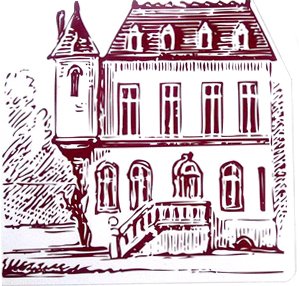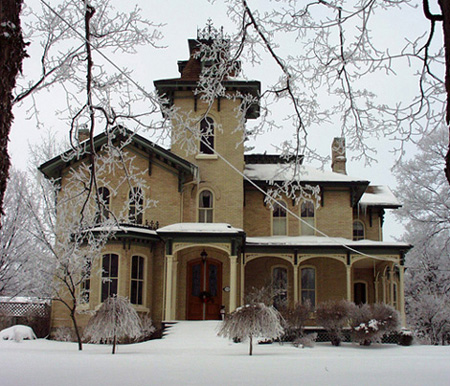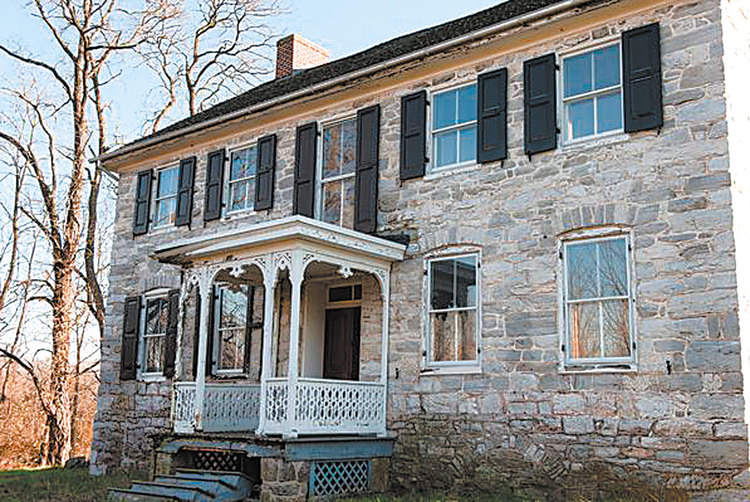|
 |
Our name says it all, we specialize in rewiring of Century old homes.
Home wiring started when electric lights and telephone were first installed in homes towards the end of the 19th century. By the end of the 20th century an increased variety of systems were available for installation in homes. Electrical service is considered essential in modern homes, but most new homes will also have provision for telephone, Internet access, security, and television systems and others.
|
 |
In new home construction, wiring for all electrical servcies can be easily installed before the walls are finished. In existing buildings, installation of a new system such as a security system, or home theatre, may require additional effort to install concealed wiring. Multiple unit dwelligns such as condominiums and apartment houses may have additional installation complexity in distributing services within a building. |


|
Old cables can get brittle
Old electrical cable can
remain functional for a long time as long as it hasn't been damaged and the
insulation hasn't become so brittle that it flakes off.
Even knob-and-tube wiring
(named for the ceramic insulators that routed wire through wall studs and
cavities) still keeping many old houses up and running.
But age catches up with
wire. The cloth-covered wire in your house probably dates from the first half
of the 20th century. If the insulation fails - because it has become abraded,
or chewed by a winter guest in the walls -- a short, an electrical arc and a
fire could result.
There are several kinds of
electrical cable with a spiral metal jacket. One is metal clad cable which is
still used, especially in areas where the cable is exposed to potential damage.
Another is armor clad, or
AC, which does not have a separate ground wire inside the metal sleeve. It uses
the sleeve itself as the ground and for that reason is often barred in new
construction.
The right time to replace
old wiring like this is when there are obvious signs of a problem, such as
scorch marks on terminals in switches and outlets, missing or damaged
insulation and any other condition that might expose you or your house to a live
wire.
|
| |
A good electrician can keep disruptions to your house at a minimum. By
drilling discrete holes in top and bottom wall plates and using fish tapes to
route wires through wall and ceilings cavities, most of what has to be done to
accommodate new wiring can be hidden. |
 |
The many splendors of new
wiring
One benefit to replacing
outdated cables and receptacles is that you can add grounding wires and
three-prong receptacles. Grounded circuits are not only safer but also more
convenient.
You can add ground-fault
circuit interrupters and arc-fault circuit interrupters, both now required by
building codes in new construction. These devices sense problems and shut off
the power before you're electrocuted or a fire starts.
In the unlikely event you
still have an old fashioned fuse box, you can upgrade to new circuit breaker
panel with sufficient capacity - 200 amps is the standard in new construction
these days.
|
| |
|
|

